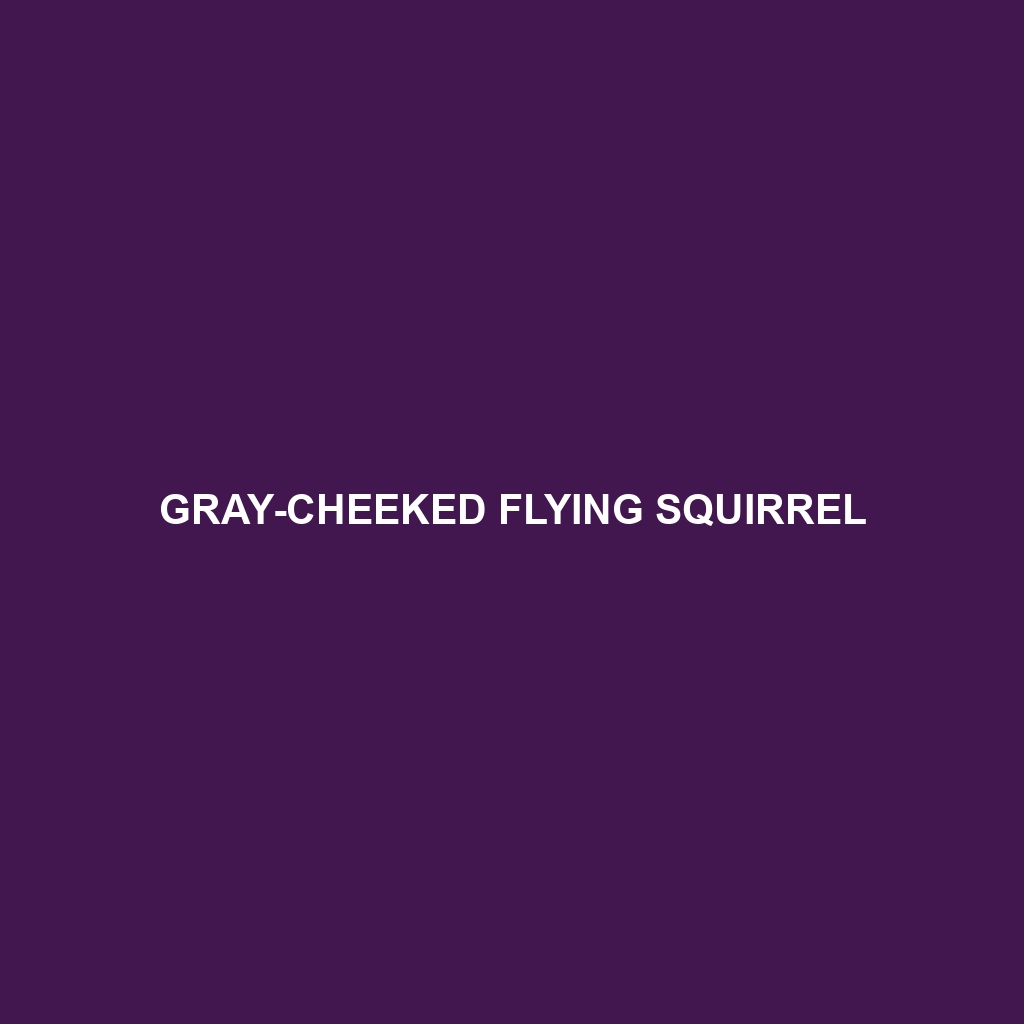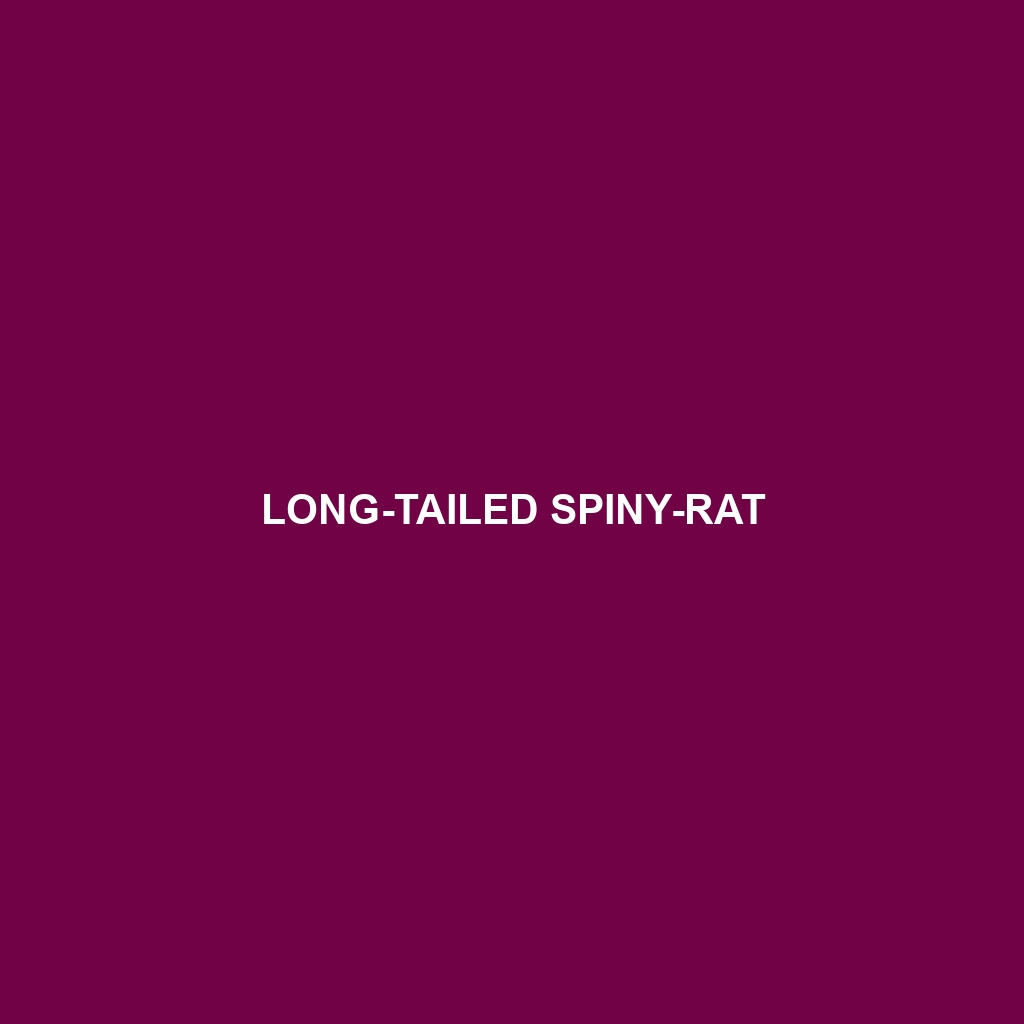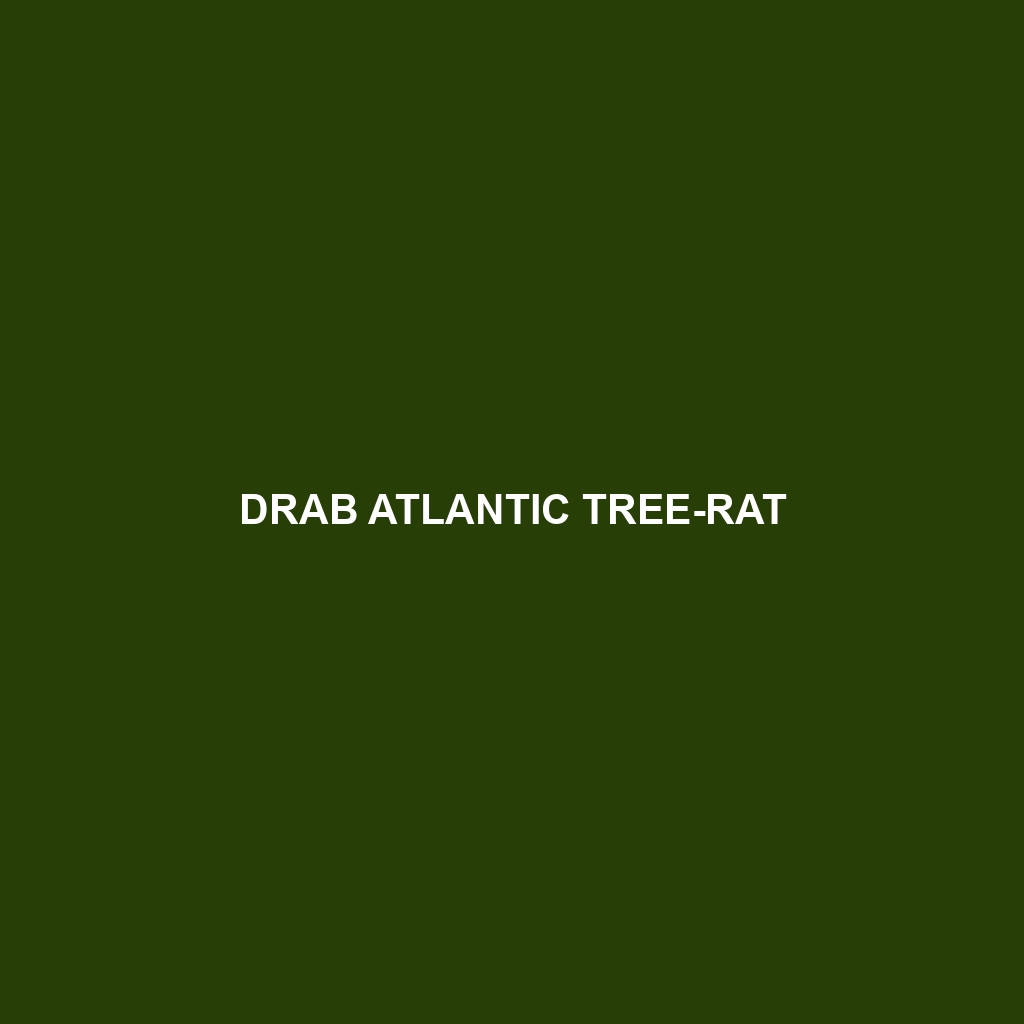Discover the unique Naked-eared Deermouse (*Peromyscus nudipes*), a fascinating rodent found in the arid landscapes of the southwestern United States and northern Mexico. With its distinctive nearly hairless ears and agile nocturnal behavior, this species plays a vital role in its ecosystem as both prey and seed disperser. Learn about its habitat, diet, and the conservation challenges it faces in this engaging overview of one of nature's remarkable small mammals.
Tag: Family Groups
Tatra Pine Vole
Explore the fascinating world of the Tatra Pine Vole (<i>Microtus tatricus</i>), a unique rodent native to the mountainous regions of Central Europe. Known for its nocturnal behavior, adaptability in diet, and social structure, this vulnerable species plays a crucial role in maintaining ecosystem balance. Discover their habitat, physical traits, and the conservation efforts needed to protect these remarkable creatures.
Prairie Vole
Explore the fascinating world of the Prairie Vole (<i>Microtus ochrogaster</i>), a social and monogamous rodent native to North America's grasslands. From their distinctive physical characteristics and diet to their critical role in the ecosystem, this species profile delves into their habitat, behavior, breeding, and conservation status, highlighting the unique traits that make Prairie Voles vital participants in their ecological community.
Tsimlyansk Birch Mouse
Discover the fascinating Tsimlyansk Birch Mouse, a vulnerable species thriving in the temperate forests of southeastern Russia. With its unique climbing abilities and rich social behaviors, this small herbivore plays a crucial role in its ecosystem as a seed disperser. Learn about its habitat, diet, and the conservation efforts needed to protect this remarkable rodent.
Overlook Spiny Pocket Mouse
Discover the intriguing world of the Overlook Spiny Pocket Mouse (*Perognathus longimembris*), a nocturnal rodent thriving in the arid regions of the southwestern United States and northern Mexico. With its distinctive spiny fur, social behavior, and role as a seed disperser, this small yet fascinating creature showcases the remarkable adaptations necessary for survival in harsh desert environments. Learn more about its habitat, diet, and conservation status in our latest blog post.
Gray-cheeked Flying Squirrel
Discover the fascinating world of the Gray-cheeked Flying Squirrel, a nocturnal marvel known for its impressive gliding abilities and social behavior. Inhabiting temperate forests across the eastern United States and Canada, these unique mammals play a critical role in seed dispersal and forest health, while facing challenges due to habitat loss. Learn about their physical characteristics, diet, and vital conservation efforts to protect their vulnerable populations.
Ricardo Ojeda’s Degu
Explore the fascinating world of Ricardo Ojeda's Degu, a unique rodent native to the arid regions of central Chile. This endangered species thrives in rocky habitats, showcasing distinctive adaptations and social behaviors, while playing a crucial role in its ecosystem. Discover their physical traits, dietary habits, and the challenges they face due to habitat loss.
Long-tailed Spiny-rat
Discover the Long-tailed Spiny-rat, a unique rodent native to the lush rainforests of South America, known for its remarkable climbing abilities and sociable nature. With its distinct fur and prehensile tail, this nocturnal creature plays a crucial role in seed dispersal and serves as both prey and a vital component of its ecosystem. Learn more about its habitat, diet, and conservation status in our latest blog post.
Drab Atlantic Tree-rat
Discover the fascinating Drab Atlantic Tree-rat (<i>Isothrix pirmalay</i>), a medium-sized rodent thriving in the lush rainforests of eastern South America. This nocturnal creature plays a vital role in its ecosystem as both a seed disperser and prey, showcasing remarkable adaptability through its diverse diet and social behaviors. As a vulnerable species, understanding its habitat and role highlights the importance of conservation efforts to protect this unique inhabitant of tropical rainforests.
Orinoco Brush-tailed Rat
Discover the fascinating Orinoco Brush-tailed Rat (*Isothrix bistriata*), a medium-sized rodent native to the lush rainforests of the Orinoco River Basin in Venezuela and Colombia. Known for its nocturnal behavior, social structure, and essential role in seed dispersal, this vulnerable species faces threats from habitat loss, making its conservation critical for maintaining the biodiversity of its ecosystem. Explore the unique adaptations and ecological significance of this remarkable creature in our comprehensive species description.









